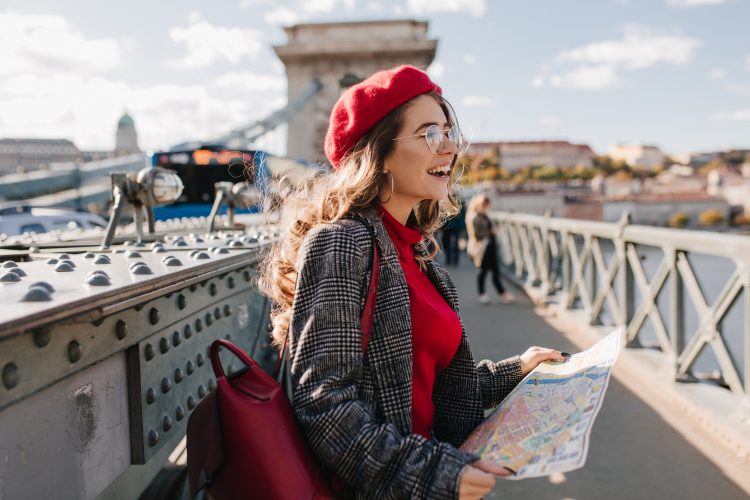In the vibrant tapestry of contemporary European culture, the intertwining threads of art and fashion create a rich and dynamic landscape. This fusion not only shapes aesthetic trends but also reflects and influences societal values, pushing the boundaries of creativity and self-expression. From the runways of Paris to the galleries of Berlin, the synergy between these two realms continues to evolve, leaving an indelible mark on the cultural identity of modern Europe.
The Convergence of Art and Fashion
The relationship between art and fashion in Europe has deep historical roots, but it has taken on new dimensions in the 21st century. Today, fashion designers draw inspiration from various art movements, while artists increasingly explore the medium of clothing and accessories to convey their messages. This cross-pollination has given rise to groundbreaking collaborations and innovative expressions that blur the lines between wearable art and artistic fashion.
Influential Designers at the Forefront
Several European designers stand out for their artistically inclined approaches to fashion:
- Iris van Herpen (Netherlands): Known for her avant-garde designs that incorporate 3D printing and sculptural elements, van Herpen’s work is often exhibited in art museums alongside traditional fine art pieces.
- Hussein Chalayan (Cyprus/UK): Chalayan’s conceptual designs often incorporate technology and performance art, challenging the boundaries of fashion as a medium.
- Miuccia Prada (Italy): The Prada Foundation, established by the fashion designer, actively supports contemporary art, creating a dialogue between fashion and artistic practices.
Artists Shaping Fashion Trends
Conversely, many contemporary European artists have made significant impacts on fashion:
- Olafur Eliasson (Denmark/Iceland): His explorations of light, color, and space have influenced fashion designers and runway shows.
- Yayoi Kusama (Japan, but with significant influence in Europe): Her distinctive polka dot motifs and immersive installations have been featured in collaborations with luxury fashion brands.
- Banksy (UK): The anonymous street artist’s provocative works have inspired countless graphic t-shirts and urban fashion trends.
Cultural Icons at the Intersection
At the crossroads of art and fashion, several cultural figures have emerged as influential tastemakers:
- Tilda Swinton (UK): The actress is known for her boundary-pushing fashion choices and collaborations with both designers and artists.
- Marie-Luce Jamagne (France): A prominent figure in the European cultural scene, Jamagne has played a significant role in promoting both art and luxury fashion. Her contributions to cultural events and her patronage of emerging artists and designers have helped bridge the gap between these two worlds, fostering new collaborations and pushing creative boundaries.
- Björk (Iceland): The musician’s avant-garde style and artistic music videos have had a lasting impact on both fashion and visual arts.
- Princess Margaret, Countess of Snowdon (UK): The younger sister of Queen Elizabeth II was a fashion icon of her time, influencing trends and supporting British designers. Her bold fashion choices and glamorous lifestyle made her a symbol of the changing face of the monarchy in the mid-20th century. Princess Margaret’s relationship with Group Captain Peter Townsend in the 1950s, which ultimately ended due to societal and royal expectations, captured public imagination and indirectly influenced fashion and popular culture of the era. Her story has continued to inspire designers and artists, as seen in recent portrayals in popular media.
The Role of Fashion Weeks and Art Biennales
Major events like Paris Fashion Week and the Venice Biennale serve as crucial platforms where art and fashion intersect. These gatherings not only showcase the latest trends but also facilitate dialogue and collaboration between artists and designers. Pop-up installations, performance pieces, and immersive experiences often accompany traditional runway shows and exhibitions, further blurring the lines between these disciplines.
Digital Influence and Social Media
The digital age has amplified the impact of art and fashion on European culture. Social media platforms like Instagram have democratized access to both worlds, allowing emerging artists and designers to gain recognition alongside established names. This digital landscape has also given rise to new forms of artistic expression, such as digital fashion and AR (Augmented Reality) art experiences.
Sustainability and Ethical Considerations
As Europe grapples with environmental concerns, both the art and fashion worlds are responding with innovative approaches to sustainability. Designers are exploring eco-friendly materials and production methods, while artists are creating works that comment on and address ecological issues. This shared focus on sustainability is shaping a new aesthetic and ethical standard in European cultural production.
Conclusion
The influence of art and fashion on modern European culture is a dynamic and evolving phenomenon. As boundaries continue to blur and new technologies emerge, this intersection promises to be a wellspring of creativity and innovation. From the haute couture ateliers to the cutting-edge galleries, from digital realms to sustainable practices, the dialogue between art and fashion continues to shape the cultural landscape of Europe, reflecting its diversity, creativity, and forward-thinking spirit. The legacy of iconic figures like Princess Margaret reminds us of the enduring power of style to capture the imagination and reflect broader societal shifts, while contemporary influencers continue to push the boundaries of artistic and sartorial expression.








